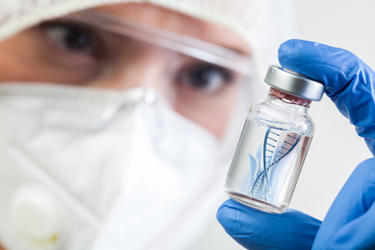Optimizing Lipid Formulations For Targeted RNA-LNP Applications

The key challenge in implementing cell and gene therapies is the method of delivery. Nucleic acids, both DNA and RNA, face enormous complexities in reaching the target cells. To overcome obstacles like rapid degradation in cells' biological fluids and the inability to accumulate or penetrate even if they reach the target cells, new delivery systems are a necessity for a targeted, safe, and efficient intracellular nucleic acid delivery. Lipid nanoparticles (LNPs) are non-viral delivery systems that can deliver larger payloads with design flexibility, easy manufacture and multi-dosing capabilities. LNPs allow the mixing of lipid excipients which can be modified to deliver a variety of nucleic acid active pharmaceutical ingredients (APIs) to different targets in the body.
Ionizable lipids are the main component of LNPs that enable efficient cellular delivery and overcome payload limitations. Testing and altering lipids in LNPs offer vast opportunities to enable the broader translation of RNA therapeutics and vaccines. Alterations in the chemical structure and ratio of the LNP components affect RNA-LNP delivery, potency and biodistribution. Continue reading to learn about the considerations and challenges of using ionizable lipids, including the 5 types of lipids used for RNA delivery.
Get unlimited access to:
Enter your credentials below to log in. Not yet a member of Cell & Gene? Subscribe today.
